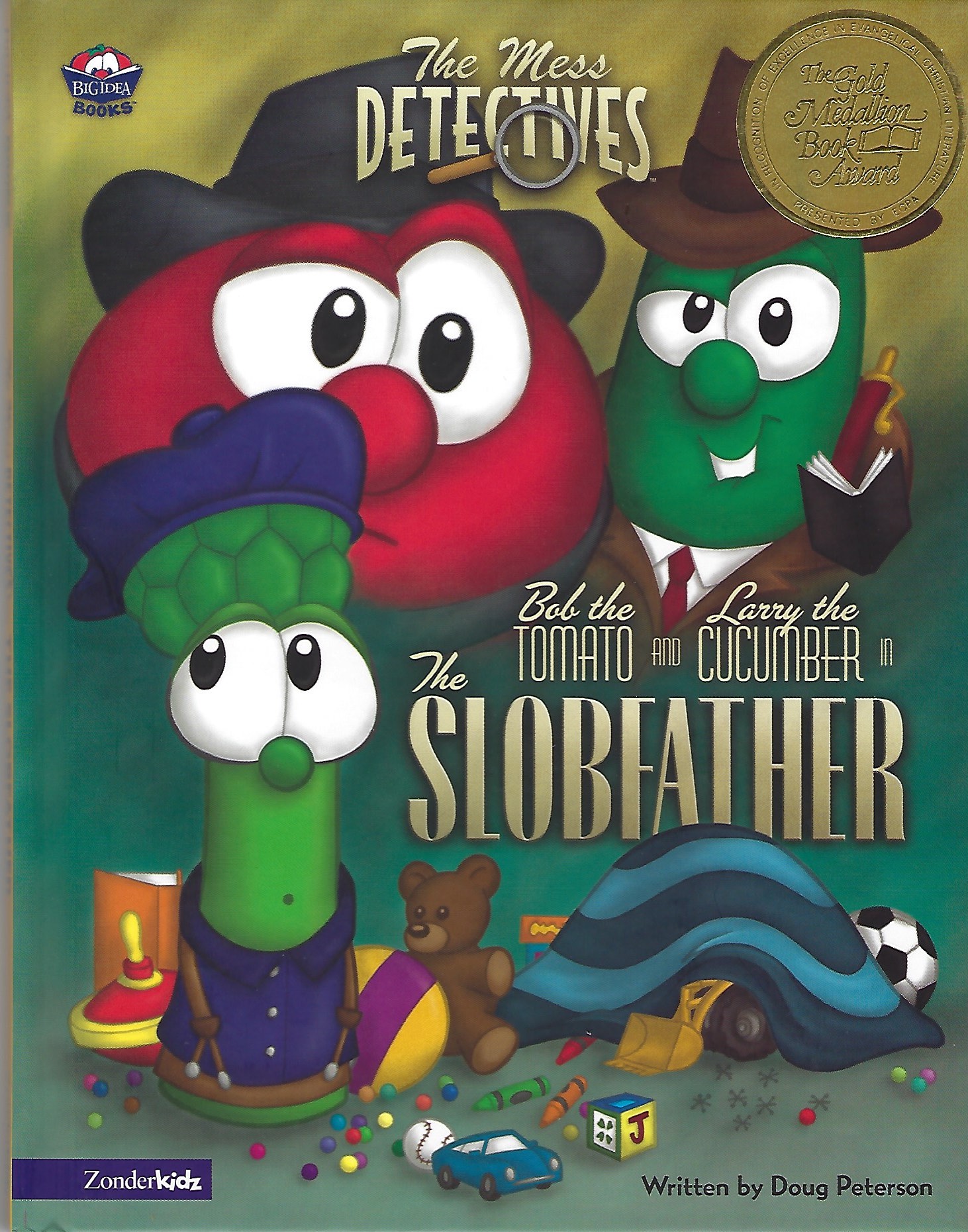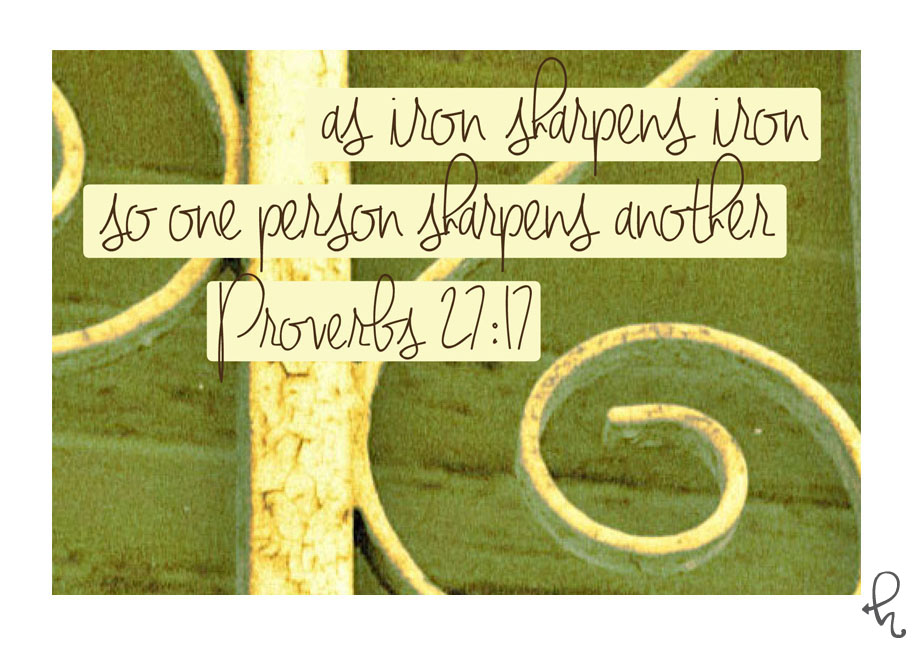
Writers Chat Recap for March Part 2
Writers Chat, hosted by Johnnie Alexander, Brandy Brow, and Melissa Stroh is the show where we talk about all…
March 31, 2024
Writers Chat, hosted by Johnnie Alexander, Brandy Brow, and Melissa Stroh is the show where we talk about all…
March 31, 2024
“The publisher will never use my title.” Or “It doesn’t matter what I call my book because the…
May 26, 2023
Writers Chat, hosted by Jean Wise, Johnnie Alexander, and Brandy Brow, is the show where we talk about all…
November 1, 2022
Do you want to take your creativity and problem-solving abilities to a new level? Diversify your inputs. Increasing the…
September 8, 2020
The Bible point is the bridge between the hook where you began your devotion and the application point at…
June 19, 2020
Writing a book is a process. It began as a school assignment for my granddaughter when she was in…
September 17, 2018
It has been nearly Twenty-two years since I became disabled with a traumatic brain injury. Even so, I am…
May 29, 2018
Story ideas can be like fireworks. They soar and explode in beautiful colors…then their dance fizzles to the ground…
February 4, 2018
When we consider various markets for our magazine writing, often we neglect the market right before our eyes—the inspirational,…
July 13, 2017
By Doug Peterson The voice on the other end of the line was Bob the Tomato. It was a…
February 27, 2017
I slogged through composing an article, retyping the same sentence six or seven times. The sentence was too short,…
July 21, 2015